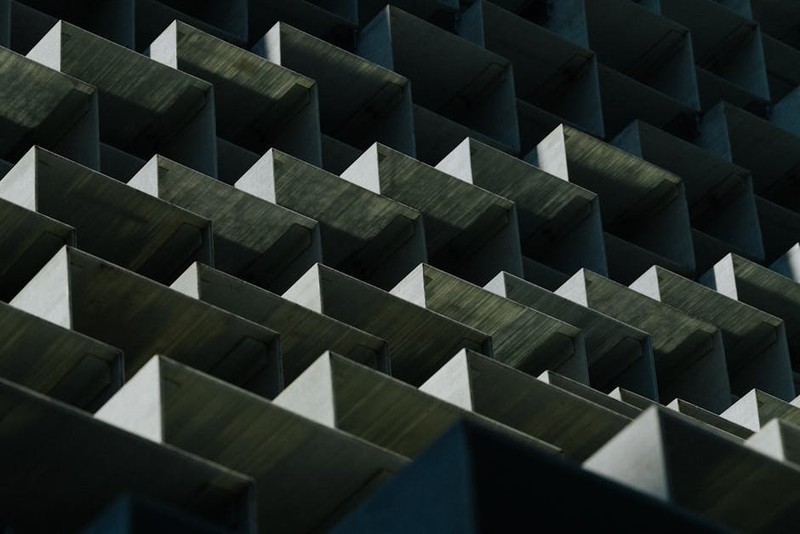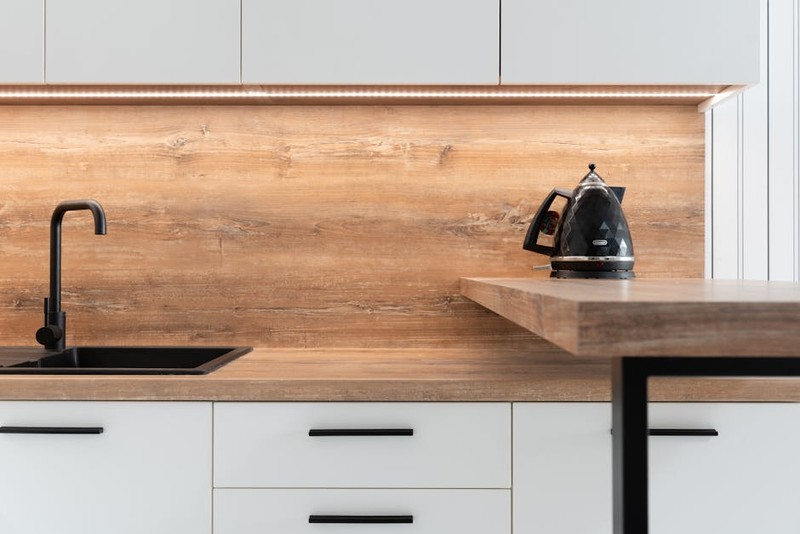The Hidden Challenge: Why Modular Prototypes Are Unforgiving
Modular prototypes are a nightmare for surface finishing—not because they’re inherently complex, but because their interconnected components amplify even minor imperfections. A 0.005mm deviation on one module can cascade into misalignment across the entire assembly.
In one medical device project, we faced recurring issues with Ra (roughness average) inconsistencies across aluminum modules. The culprit? Tool deflection in thin-walled sections, exacerbated by aggressive feed rates. Here’s how we diagnosed and solved it:
– Toolpath Optimization: Switched from traditional raster patterns to adaptive clearing, reducing lateral forces by 40%.
– Tool Rigidity Upgrades: Used stubby end mills (L:D ratio < 4:1) for critical features, cutting vibration-induced chatter by 25%.
– In-Process Metrology: Deployed touch probes to validate surface roughness between operations, catching errors early.
Material Matters: The Finishing Paradox
Not all materials respond to finishing equally. For example:
| Material | Ideal Ra (µm) | Recommended Tool | Common Pitfall |
|---|---|---|---|
| Aluminum 6061 | 0.8–1.6 | Diamond-coated end mill | Built-up edge (BUE) |
| Stainless 316L | 0.4–1.2 | CBN inserts | Work hardening |
| PEEK | 1.2–2.0 | Sharp carbide | Melting/gumming |
Key Insight: Coolant selection is critical. In a recent aerospace project, switching from emulsion to cryogenic CO2 for titanium modules eliminated thermal warping, achieving a consistent Ra of 0.6µm.
Case Study: The 30% Rework Reduction
A client needed 50 modular drone housings with a mirror finish (Ra ≤ 0.8µm). Initial attempts failed due to:
1. Residual Stress: Post-machining distortion from unbalanced stock removal.
2. Burr Migration: Deburring one module transferred burrs to mating surfaces.

Our Solution:
1. Stress-Relief Pre-Finish: Added a vibration aging step before final passes.
2. Non-Contact Deburring: Used laser deburring for edges, eliminating cross-contamination.

Results:
– Rework dropped from 45% to 15%.
– Per-unit finishing time reduced by 22%.
Expert Tactics for Repeatable Results
- Tool Life Monitoring: Track surface quality degradation (e.g., Ra increases by 0.2µm after 4 hours of cutting). Replace tools proactively.
- Fixture Intelligence: Use magnetic chucks with micro-adjustment for modules under 50mm.
- Post-Process Validation: Implement white-light scanning for 3D surface mapping, not just spot checks.
Pro Tip: “Finish twice, measure once” is a myth. Measure after every critical pass—we saved $18k in scrap costs by catching a spindle runout issue early.
The Future: Hybrid Additive/Subtractive Finishing
Emerging hybrid machines (like DMG Mori’s Lasertec) now allow laser polishing of 3D-printed modules before CNC finishing. In a beta test, this cut finishing time for Inconel prototypes by 60% while improving Ra consistency.
Final Takeaway: High-precision finishing isn’t just about the last pass—it’s a systemic process. Control variables early, and your modular prototypes will snap together like Lego.
